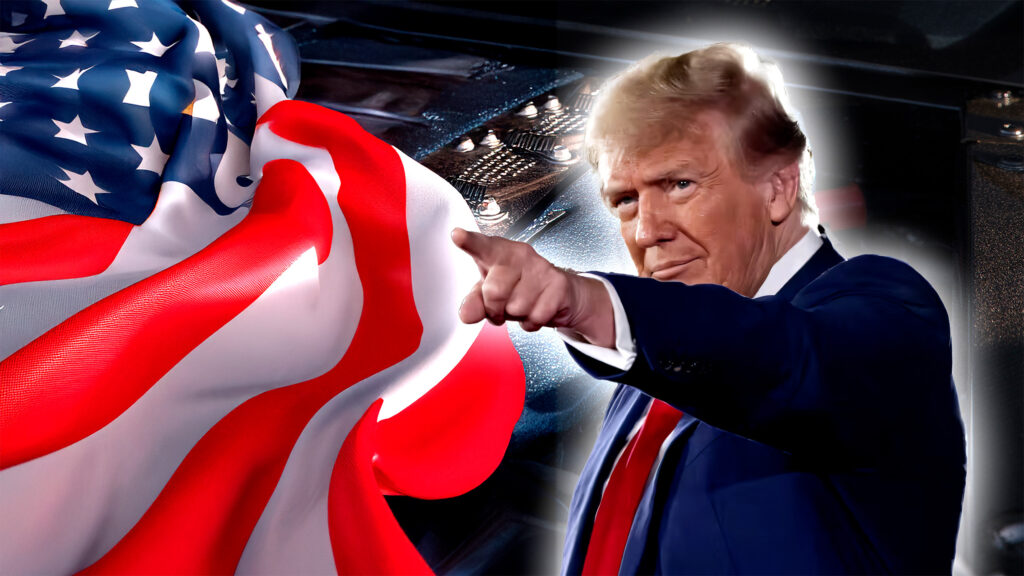Auto Tariffs

The recent decision by President Donald Trump to impose a 25% tariff on imported vehicles and parts has sparked significant concerns across the automotive industry. Set initially for cars on April 2 and extending to parts by May 3, this tariff strategy aims to encourage foreign manufacturers to increase their U.S. production presence. However, the move is stirring unease among automakers, industry stakeholders, and government officials.
Industry Response

Many auto companies are reacting by revamping operations. For instance, Hyundai is allocating $21 billion to its U.S. endeavors, and Honda plans to manufacture its next-generation Civic domestically, shifting away from Mexico. On the other hand, brands like Audi and Jaguar Land Rover have halted U.S. shipments as they navigate these changes.
Two Michigan-based organizations, the Detroit Regional Chamber and MichiganAuto, have voiced opposition, urging the President to reconsider these tariffs. The industry is at risk of supply chain disruptions that could devastate Michigan’s automotive economy and shrink U.S. car sales by an estimated 2 million units annually.
Government Feedback

President Trump acknowledged that exemptions might be a possibility but did not specify which sectors might benefit. Michigan Governor Gretchen Whitmer has advocated for excluding the auto and energy sectors from tariffs due to their critical impact on manufacturers and consumers.
Impact on Production
Stellantis, another major auto player, has responded with temporary production halts in its Mexican and Canadian plants, affecting operations in the U.S. and leading to temporary layoffs for 900 American workers. This further signals the precarious balance that companies must strike in response to trade policies.
The overall sentiment from the automotive community highlights the challenge of balancing national economic strategies with the intricate realities of global supply chains. As the situation evolves, automakers and policymakers alike will be closely watching the implications of these tariffs on production, employment, and consumer prices.
The current landscape poses a series of dilemmas where companies must consider not just operational shifts but also the broader market ramifications. Moving forward, industry leaders and policymakers must find a pathway that not only supports domestic manufacturing but also maintains a competitive, stable market environment.
Mazda's Electric SUV
Insurance Costs Surge
MG Debuts Cyber X SUV
Audi Q5 Price Hikes
Audi Digital Recall